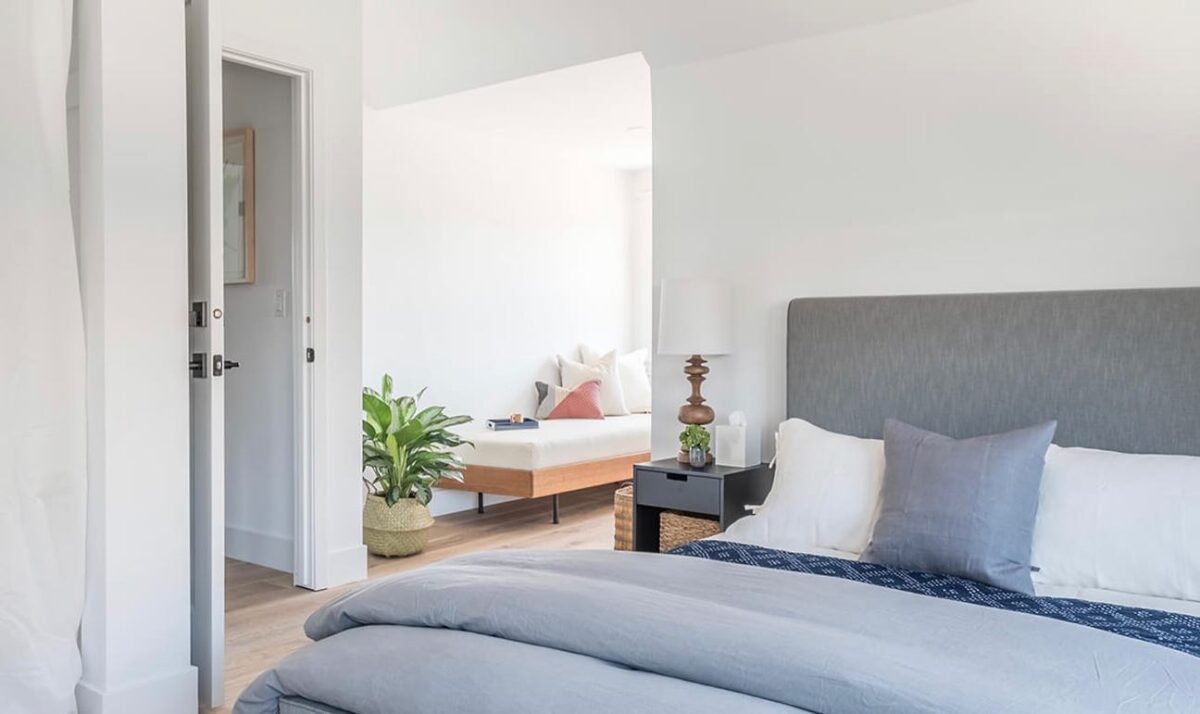While such forms of Coliving as student housing and senior living have existed for a long time, Coliving spaces today are attracting a wider audience including students, professionals from diverse sectors, and both young and mature adults. As the Coliving market develops, there will be more segmentation in the market as more options will become available to target different Coliving seekers.
The type of Coliving space defines the living environment and consequently the type of resident that is drawn to it. While housing affordability will always be an important consideration for home seekers, other factors are becoming increasingly important such as quality of the living environment, amenities, location and proximity to the workplace, emphasis on safety and wellness, etc. Different types of Coliving spaces offer varying levels of the considerations listed above. Some of the different types of Coliving options are described below:
1. Student & Adult Dormitories
A dorm — short for dormitory — is a place where students or adults live. Bunk beds or pods are rented per person in a shared room. While this style of popular Coliving to students, adult dormitories have started to sprout in cities experiencing escalating housing costs. This high-density living arrangement provides a housing option for adults struggling with rising rents. Often, multiple residents may share a sleeping quarter, and common areas like the kitchen and work/study areas are shared by many.
A positive result of living in dormitories has shown that students who live in dorms achieve better academic outcomes during their academic careers. This has been attributed to being closer to classes, faculty, and facilities and being more engaged with other students academically. Due to affordability, living in adult dormitories encourages savings. Due to space constraints, it also encourages dorm residents to pursue activities outside the facility.
Space constraints and high density may lead to issues with noise, privacy, hygiene, and availability of facilities such as laundry and bathrooms. These issues can lead to stressful living and the typical duration of residents in this type of setting is typically shorter than other forms of Coliving.
2. Apartment or House sharing (Informal setup)
An informal apartment or house sharing is commonly defined as two or more people living in an accommodation together. Usually, each person will have his/her own bedroom and certain communal areas such as kitchens, bathrooms, or living rooms will be shared. In some informal house shares, every member of the household is on the lease or rental agreement. While in others, one or two people act as the head of household, keeping their names on the lease while leaving others off. Another house-sharing situation is when an owner (family or individual) rents out rooms available in the household.
Roommates can split rent in many ways from equal divisions or based on room size. This methodology can also apply to other household expenses like internet and utility costs. The members of the household work out a system for chores, kitchen time, and other activities. Since it is informal, there are many ways to go about it, and a lot of coordination is involved. For many people, cost savings is the key reason for house sharing. As the house is shared, members may schedule bathroom and kitchen time to avoid conflicts. This includes parceling out chores in a rotating schedule to make sure the house is kept clean. Some people also enjoy companionship and support. Members of a house share may engage in group activities such as cooking or dining together.
Several issues may come up in informal settings. Issues arise when a roommate is unable or unwilling to pay his/her portion of the bills and when a roommate departs leaving a greater burden on the remaining roommates. Clear arrangements on how to split bills need to be established to avoid conflicts within the household.
3. Single Apartments (formal setup and professionally operated)
While apartments are a common type of traditional rental, Coliving in an apartment setting is attractive to tenants who are seeking affordability and flexibility. Some Coliving operators offer private bedrooms in furnished apartments with shared common areas. This living arrangement is great for students, young professionals or relocating individuals that need more privacy than dormitories. Unlike an informal apartment-sharing situation, this type of professionally operated Coliving space provides the benefit of an operator who will collect payment from all the residents and ensure continuous and smooth operation of the household even when individuals leave or fail to make their payments.
Density depends on the number of rooms available in the apartment. Usually, common areas will include a kitchen and living room. As usual, noise and privacy are factors of consideration for this type of housing unit. While space is limited, there is less density and noise than a dormitory. A sense of community may or may not be met here because apartments typically have few bedrooms, thereby limiting the size of the community.
4. Single Family Home (formal setup and professionally operated)
Professionally operated single-family homes are becoming available as Coliving residences. In this housing environment, common areas are typically larger, outdoor spaces are accessible and larger communities exist. Single-family homes may offer more amenities and features than an apartment setting.
In addition to providing services like housekeeping, a good Coliving operator, like COHAUS, will promote social interaction and encourage community building by hosting events, organizing household activities and even encouraging civic involvement.
Like apartments operated by a Coliving operator, certain aspects are ensured and coordinated for the resident. Monthly rates are typically fixed and inclusive of utilities and other household expenses. This makes monthly budgeting and cashflow management easy for the residents.
5. Apartment Building
While there are single apartment units available for Coliving, some Coliving operators dedicate entire apartment buildings to communal living. In this type of large Coliving space, the resident may have a variety of unit choices due to the size of the facility.
Large apartment buildings may offer more facilities and overall common area spaces. Since building sizes are large and can accommodate many residents, the downside may be impersonal interaction among community members and difficulty in developing meaningful relationships as one would experience in a large apartment complex where it is impossible to know everyone.






